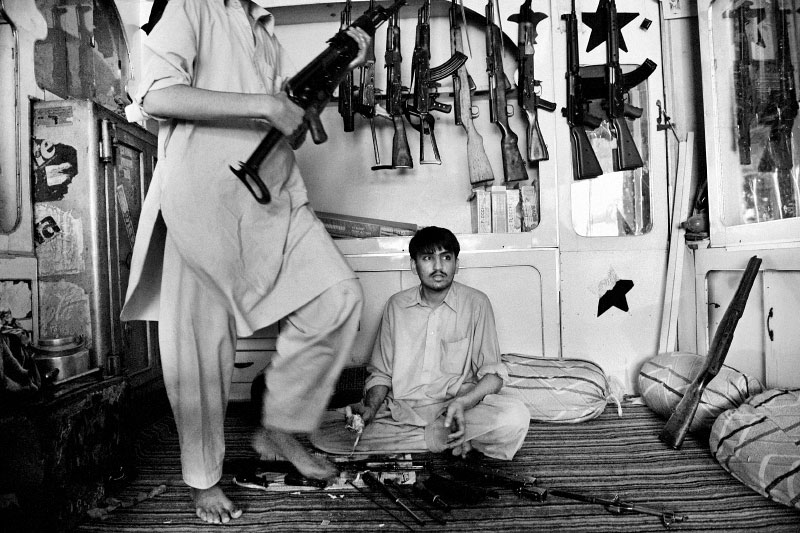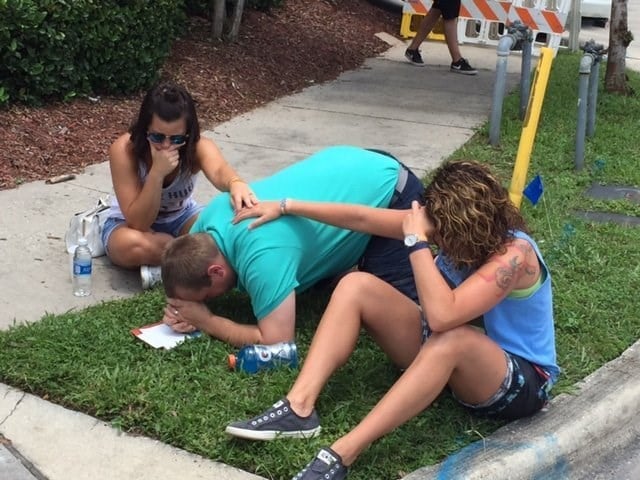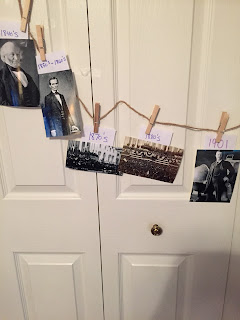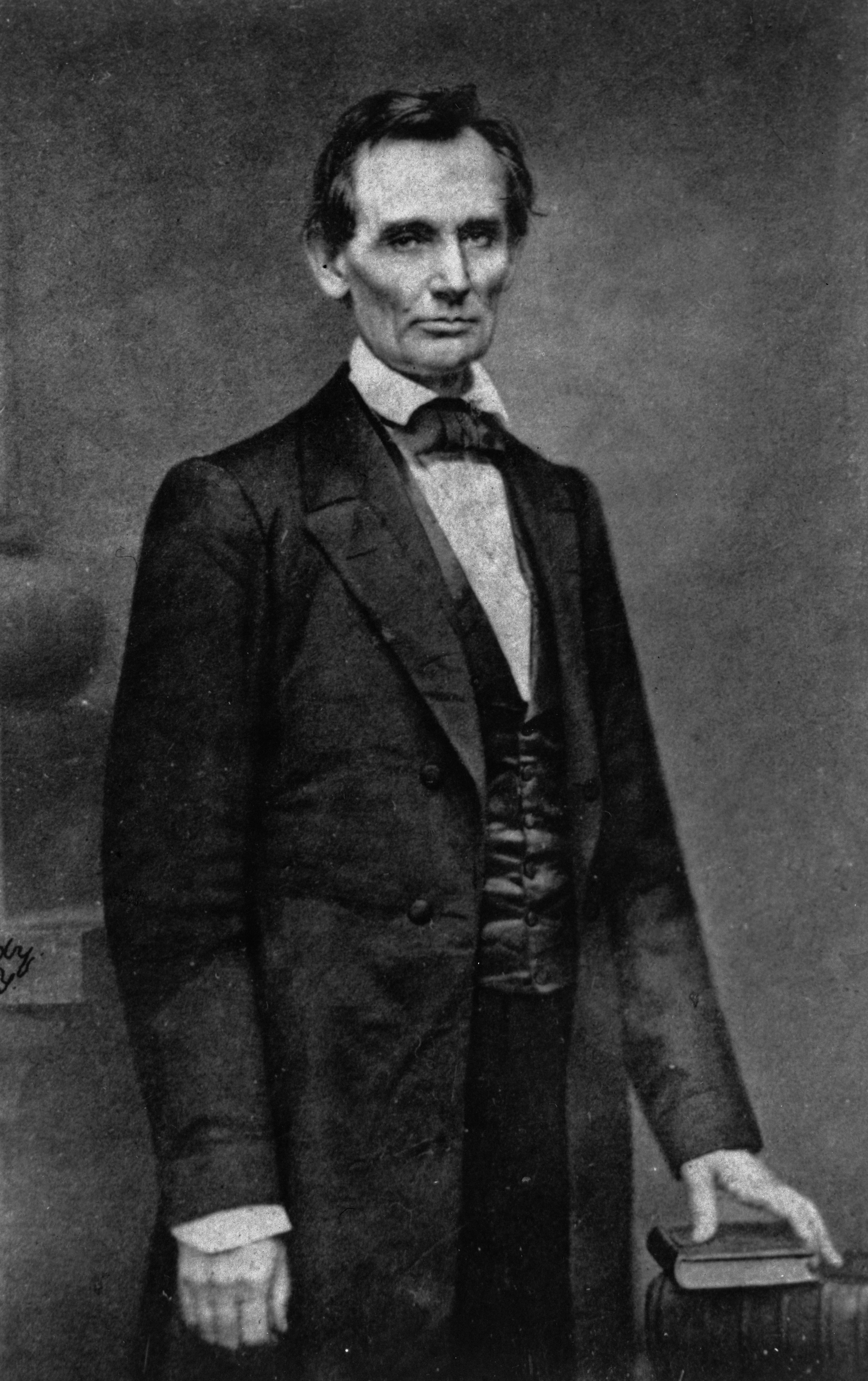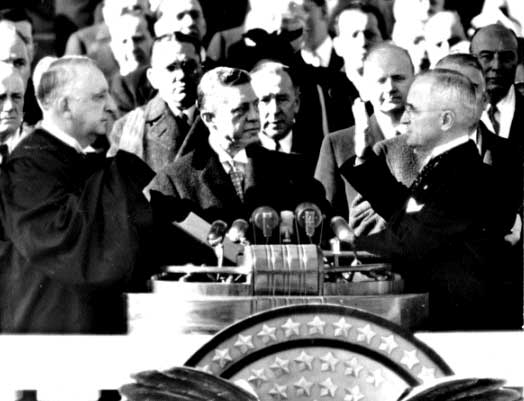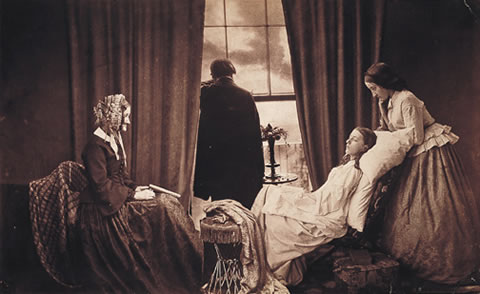Images by: Kelsy Prats
Assuming a role as a historian and completing the Creative Experiential Exercise gave me more insight of the duties as a photojournalist. To capture my “story” I had to travel to two different places to capture photographs that depicted what I wanted to tell. As you can see from my photos above, I played the role as a journalist covering the current news of the trial of locally slayed Amanda Plasse. Amanda and I grew up together and went to the same high school. Her tragic murder happened in my city, Chicopee, and she is buried only a few blocks from my house. The courthouse where her trial is taking place on the other hand is about 10 miles away in Springfield. Although the distance isn’t much, it gave me insight to the sacrifices photojournalist make when having to travel a distance and maybe to more than one site to capture their photo journalistic images, especially when they need to quickly get to where the “action” is. Then I thought deeper and realized the greatest sacrifices of traveling overseas, like a war photojournalist takes. Just having done that one exercise really gave me insight to the effort that photojournalism requires.
I still believe that in order to capture an understanding of a current event in the world you need to know the history. You can’t identify progress if you don’t know the previous state. Whether a photojournalist captures images of a rally for one of the presidential candidates or even as I previously used as an example, President Barack Obama's Inauguration, with him being the first African American President. All the images captured not only are adding to history but they are being built off history. Also, after having learned about the history of the camera, and the technological advances throughout time, it really allowed me to appreciate how far technology has come, allowing us to not only see what’s happening in the world clearer, but also to receive breaking news quicker. This is something I feel, now that I have learned to appreciate it, every photojournalist should acknowledge. They will learn to appreciate how much simpler it is for them.
My previous thoughts that photographs can cause a reaction, whether negative or positive, in someone bringing them to take an action leading to a change, still holds true. Photographs can be so powerful that they may cause the viewer to want to take an action but what needs to come first is an emotion. A photograph must be powerful enough to rise an emotion in an individual to want to make a change. Photos have more power to impact our thoughts and actions on current events than any written story. The photo gives you the real image of the story that is far easier to remember then the written text. The photo stays with you forever, and can psychologically change you emotionally forever. One photo in particular that has really impacted me was the photo of the vulture stalking the starving child, taken by Kevin Carter, not only has this photo impacted me but it also brings me to some of the moments during the course that opened my mind.
I still believe that in order to capture an understanding of a current event in the world you need to know the history. You can’t identify progress if you don’t know the previous state. Whether a photojournalist captures images of a rally for one of the presidential candidates or even as I previously used as an example, President Barack Obama's Inauguration, with him being the first African American President. All the images captured not only are adding to history but they are being built off history. Also, after having learned about the history of the camera, and the technological advances throughout time, it really allowed me to appreciate how far technology has come, allowing us to not only see what’s happening in the world clearer, but also to receive breaking news quicker. This is something I feel, now that I have learned to appreciate it, every photojournalist should acknowledge. They will learn to appreciate how much simpler it is for them.
My previous thoughts that photographs can cause a reaction, whether negative or positive, in someone bringing them to take an action leading to a change, still holds true. Photographs can be so powerful that they may cause the viewer to want to take an action but what needs to come first is an emotion. A photograph must be powerful enough to rise an emotion in an individual to want to make a change. Photos have more power to impact our thoughts and actions on current events than any written story. The photo gives you the real image of the story that is far easier to remember then the written text. The photo stays with you forever, and can psychologically change you emotionally forever. One photo in particular that has really impacted me was the photo of the vulture stalking the starving child, taken by Kevin Carter, not only has this photo impacted me but it also brings me to some of the moments during the course that opened my mind.
Image by: Kevin Carter
Image by: R. Umar Abbasi
The photos above brought about a lot of ethical issues, bias, and discrimination. All elements I never really thought about until taking this course. It really gave me new insight and thought to how one photo can bring up so much bias and ethical considerations. It made me put two and two together to realize that it’s photos like these that bring up ethical dilemmas and discrimination towards the person behind the camera, but they are doing it on purpose. There not trying to be cruel, they are trying to cause an emotion and a reaction in the viewers, to help cause an action!
Throughout the course I have learned a lot from my peers. One interesting thing I learned was from Patrick Agit when he mentions about color slide film. He stated in his post about Steven McCurry, " When Steve McCurry first started taking pictures, which was during his time spent at Pennsylvania State University in the 1970's, he was using what is known as color slide film, which is basically the opposite of color negative film, which only produces black and white rolls of film." His post continues with a quote of McCurrry explaining that slide film is the positive of an image instead of a negative and turning it to a positive. I had never heard of slide film, and found it very interesting.
Photo by: Zoriah Miller
After reading the profile of James Van Der Zee by Aaliyah, I learned about a new style of photography. He dressed his subjects how he wanted them dressed, bringing about bias issues and to me seems like a sense of altering the image. She stated in her blog, "His photos were more biased because he gave his subjects costumes and put them in a certain pose."
Photo by: James Van Der Zee
Photo by: James Van Der Zee














